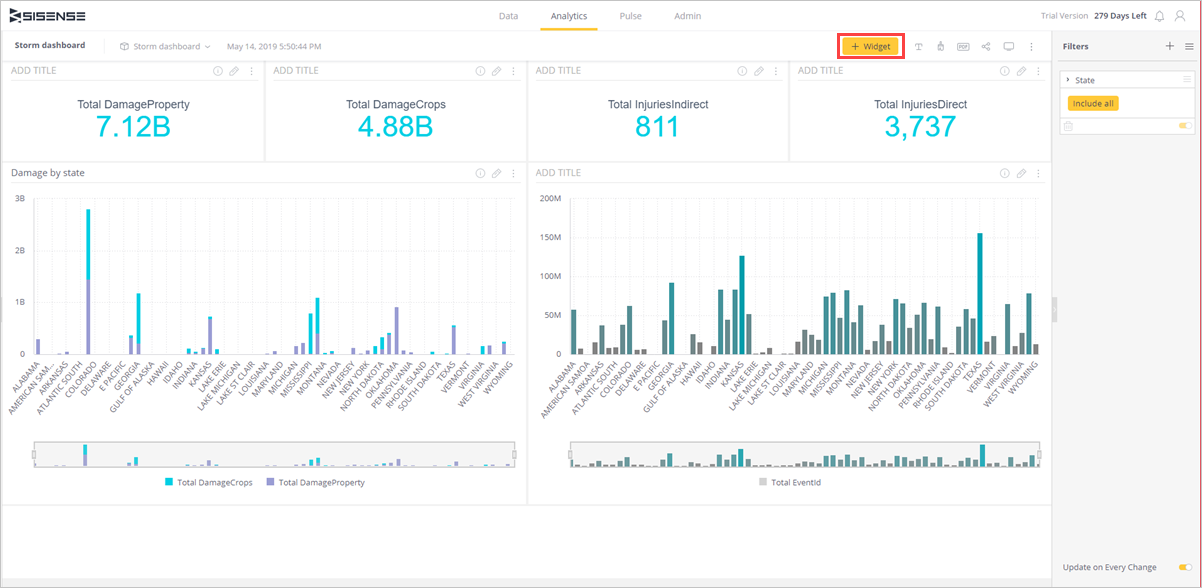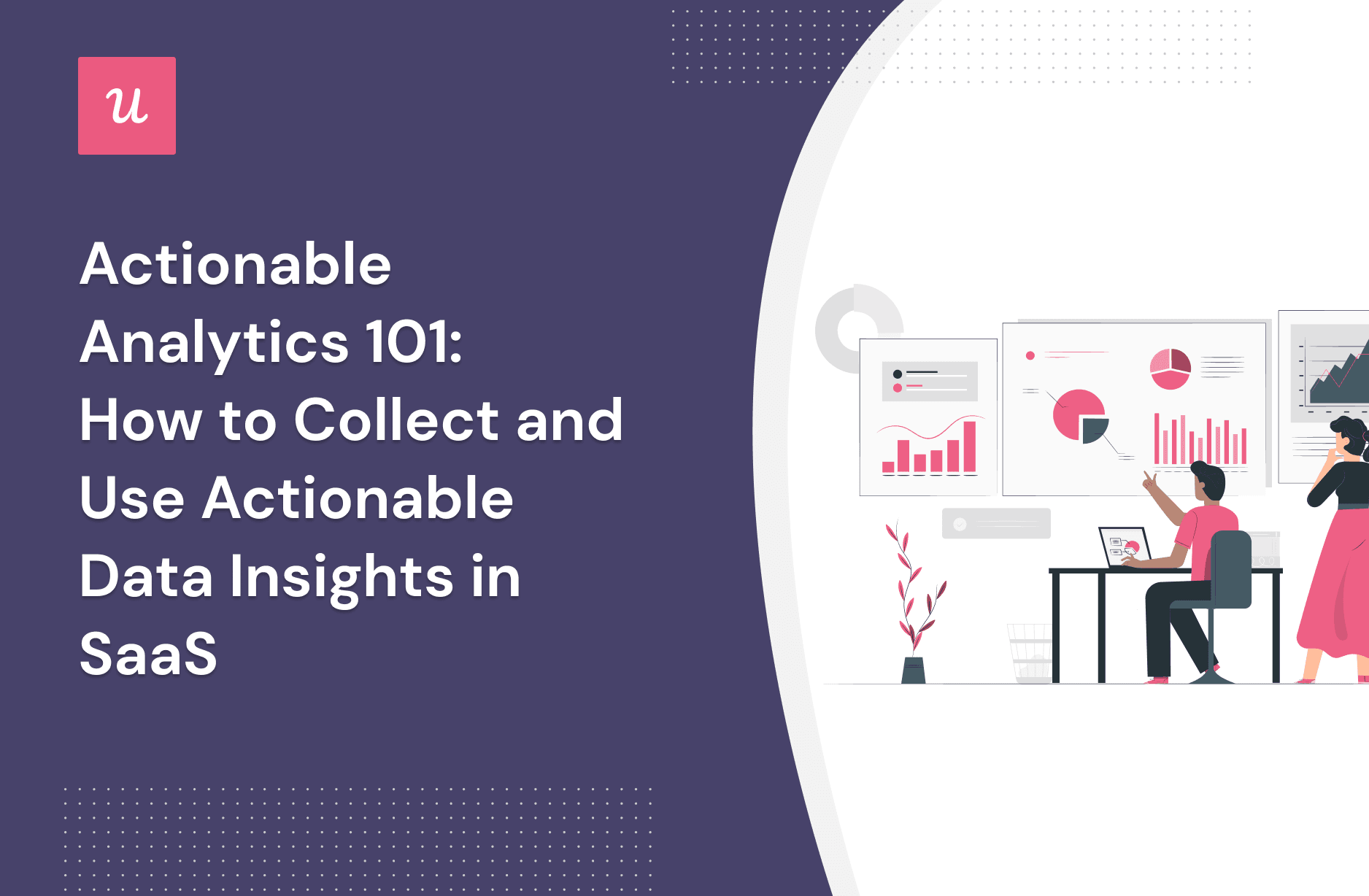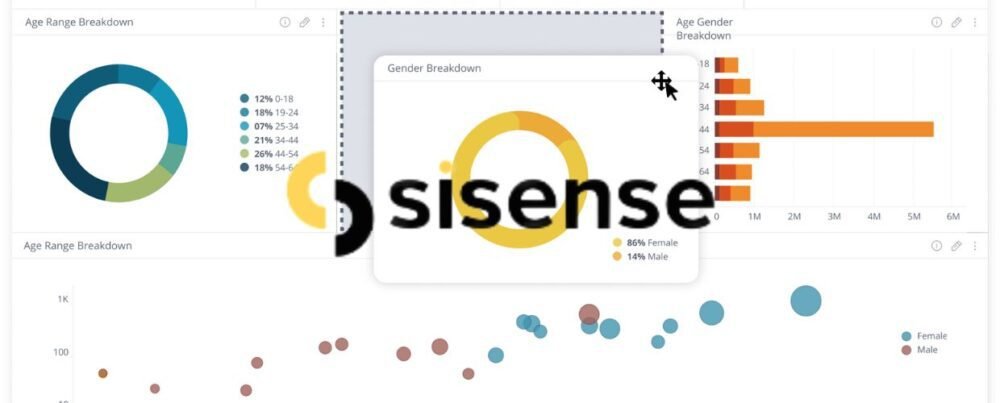P1]
In today’s data-driven world, businesses are constantly seeking ways to unlock the power hidden within their vast reservoirs of information. However, traditional business intelligence (BI) solutions often present significant challenges, requiring specialized technical skills, complex infrastructure, and lengthy implementation cycles. This is where Sisense steps in, offering a powerful and user-friendly platform that democratizes data analytics, empowering users of all technical skill levels to extract actionable insights and drive informed decision-making.
What is Sisense?
Sisense is a cloud-native, embedded analytics platform designed to simplify complex data analysis and visualization. It differentiates itself through its focus on empowering business users, regardless of their coding expertise, to explore data, build insightful dashboards, and share their findings across the organization. Unlike traditional BI tools that require extensive IT involvement, Sisense offers a self-service environment that allows users to independently analyze data and answer their own business questions.
Key Features and Capabilities:
Sisense boasts a comprehensive suite of features designed to streamline the entire analytics workflow, from data ingestion and preparation to visualization and collaboration. Here’s a closer look at its core capabilities:
-
Data Connectivity and Integration: Sisense supports connectivity to a wide range of data sources, including cloud databases (Amazon Redshift, Snowflake, Google BigQuery), on-premise databases (SQL Server, Oracle), flat files (CSV, Excel), and SaaS applications (Salesforce, Google Analytics). Its data integration capabilities allow users to seamlessly combine data from disparate sources into a unified view, eliminating data silos and providing a holistic understanding of business performance.

Data Preparation and Modeling: Sisense’s intuitive data preparation tools enable users to cleanse, transform, and enrich their data without requiring advanced coding skills. Users can leverage a drag-and-drop interface to perform tasks such as data filtering, aggregation, joining, and calculated field creation. This simplified data preparation process significantly reduces the time and effort required to get data ready for analysis.
-
In-Memory Analytics: Sisense utilizes a proprietary in-memory analytics engine called "In-Chip" technology. This engine compresses and stores data in-memory, enabling lightning-fast query performance even on large and complex datasets. The in-memory architecture allows users to interact with their data in real-time, exploring different scenarios and uncovering hidden patterns without experiencing performance bottlenecks.
-
Visualizations and Dashboards: Sisense offers a rich library of interactive visualizations, including charts, graphs, maps, and tables, allowing users to present their data in a compelling and easily understandable manner. Its drag-and-drop dashboard designer enables users to create custom dashboards that showcase key performance indicators (KPIs) and provide a comprehensive overview of business performance. Users can also customize dashboards with branding elements and interactive filters to tailor the experience to their specific needs.
-
Embedded Analytics: Sisense’s embedded analytics capabilities allow businesses to seamlessly integrate data insights into their existing applications and workflows. By embedding dashboards and visualizations directly into their applications, businesses can provide their users with real-time access to critical data insights, empowering them to make more informed decisions within the context of their daily work.

-
AI-Powered Insights: Sisense leverages artificial intelligence (AI) and machine learning (ML) to augment the analytics process and help users uncover hidden insights. Its AI-powered features include anomaly detection, trend analysis, and predictive analytics, which can help users identify potential problems, anticipate future trends, and make data-driven predictions.
-
Collaboration and Sharing: Sisense promotes collaboration and knowledge sharing through its built-in sharing features. Users can easily share dashboards and visualizations with colleagues, allowing them to collaborate on data analysis and gain a shared understanding of business performance. The platform also supports role-based access control, ensuring that sensitive data is only accessible to authorized users.

Benefits of Using Sisense:
Adopting Sisense offers a multitude of benefits for businesses of all sizes and industries. Some of the key advantages include:
- Democratized Data Access: Sisense empowers business users to access and analyze data independently, reducing reliance on IT and accelerating the time to insight.
- Faster Time to Value: Its intuitive interface and simplified data preparation tools enable users to quickly build dashboards and visualizations, delivering faster time to value from their data.
- Improved Decision-Making: By providing users with real-time access to data insights, Sisense enables them to make more informed and data-driven decisions.
- Enhanced Collaboration: Its collaboration features promote knowledge sharing and collaboration across the organization, fostering a data-driven culture.
- Scalability and Performance: Its in-memory analytics engine ensures fast query performance even on large and complex datasets, enabling businesses to scale their analytics capabilities as their data volumes grow.
- Reduced IT Burden: The self-service nature of Sisense reduces the burden on IT, allowing them to focus on other strategic initiatives.
- Increased Revenue and Profitability: By providing users with insights into customer behavior, market trends, and operational efficiency, Sisense can help businesses identify opportunities to increase revenue and profitability.
Use Cases Across Industries:
Sisense is used across a wide range of industries to address a variety of business challenges. Here are a few examples:
- Healthcare: Healthcare providers use Sisense to analyze patient data, identify trends in disease prevalence, and optimize treatment plans. They can also track key performance indicators (KPIs) such as patient satisfaction, readmission rates, and operational efficiency.
- Retail: Retailers use Sisense to analyze sales data, understand customer behavior, and optimize inventory management. They can also use the platform to personalize marketing campaigns and improve customer loyalty.
- Financial Services: Financial institutions use Sisense to analyze financial data, detect fraud, and manage risk. They can also use the platform to provide customers with personalized financial advice and improve customer service.
- Manufacturing: Manufacturers use Sisense to analyze production data, optimize manufacturing processes, and improve quality control. They can also use the platform to track key performance indicators (KPIs) such as production yield, downtime, and cost of goods sold.
- Technology: Technology companies use Sisense to analyze customer data, understand product usage, and optimize product development. They can also use the platform to track key performance indicators (KPIs) such as customer acquisition cost, churn rate, and customer lifetime value.
Sisense vs. Competitors:
Sisense competes with other leading BI platforms such as Tableau, Power BI, Qlik, and Looker. While each platform offers a unique set of features and capabilities, Sisense differentiates itself through its focus on empowering business users, its in-memory analytics engine, and its embedded analytics capabilities.
- Sisense vs. Tableau: Tableau is known for its strong visualization capabilities and ease of use. However, Sisense offers a more robust in-memory analytics engine and more comprehensive embedded analytics capabilities.
- Sisense vs. Power BI: Power BI is a popular choice for organizations that are already heavily invested in the Microsoft ecosystem. However, Sisense offers a more flexible and scalable platform, particularly for organizations with large and complex datasets.
- Sisense vs. Qlik: Qlik is known for its associative engine, which allows users to explore data in a non-linear fashion. However, Sisense offers a more intuitive interface and more comprehensive embedded analytics capabilities.
- Sisense vs. Looker: Looker is a modern BI platform that focuses on data governance and consistency. However, Sisense offers a more flexible and user-friendly platform, particularly for business users who are not technical experts.
Conclusion:
Sisense is a powerful and user-friendly analytics platform that empowers businesses to unlock the power of their data. Its focus on democratizing data access, its in-memory analytics engine, and its embedded analytics capabilities make it a compelling choice for organizations of all sizes and industries. By adopting Sisense, businesses can gain a competitive advantage by making more informed decisions, improving operational efficiency, and driving revenue growth.
FAQ:
Q: What is the target audience for Sisense?
A: Sisense targets businesses of all sizes and industries that are looking to democratize data access and empower their users to make data-driven decisions. Its focus on ease of use and self-service analytics makes it particularly appealing to organizations that want to reduce their reliance on IT and accelerate the time to insight.
Q: What types of data sources can Sisense connect to?
A: Sisense supports connectivity to a wide range of data sources, including cloud databases, on-premise databases, flat files, and SaaS applications.
Q: Does Sisense require coding skills?
A: While some advanced features may benefit from coding knowledge, Sisense is designed to be user-friendly and accessible to users of all technical skill levels. Its drag-and-drop interface and intuitive data preparation tools allow users to perform complex data analysis tasks without writing code.
Q: What are the pricing options for Sisense?
A: Sisense offers a variety of pricing options to meet the needs of different organizations. Contact Sisense directly for customized pricing information.
Q: Does Sisense offer a free trial?
A: Yes, Sisense offers a free trial so that users can experience the platform firsthand and evaluate its capabilities.
Q: What kind of support does Sisense provide?
A: Sisense offers a comprehensive suite of support services, including online documentation, training programs, and dedicated support teams.
Q: Is Sisense a cloud-based platform?
A: Sisense is a cloud-native platform, designed to be deployed and managed in the cloud. However, it also offers on-premise deployment options for organizations that have specific security or compliance requirements.
Q: How does Sisense handle data security?
A: Sisense takes data security very seriously and employs a variety of measures to protect sensitive data. These measures include encryption, access control, and regular security audits.
Q: Can I embed Sisense dashboards into my own applications?
A: Yes, Sisense’s embedded analytics capabilities allow you to seamlessly integrate dashboards and visualizations into your existing applications and workflows.
Conclusion:
In conclusion, Sisense is a powerful and adaptable business intelligence platform that empowers organizations to leverage the full potential of their data. Its focus on user-friendliness, combined with its robust analytical capabilities, makes it an excellent choice for businesses seeking to democratize data access and foster a data-driven culture. By providing users with the tools they need to explore, analyze, and visualize data, Sisense helps organizations unlock actionable insights, improve decision-making, and ultimately drive better business outcomes. As the volume and complexity of data continue to grow, platforms like Sisense will become increasingly essential for organizations looking to stay competitive in today’s data-driven world.

Leave a Reply